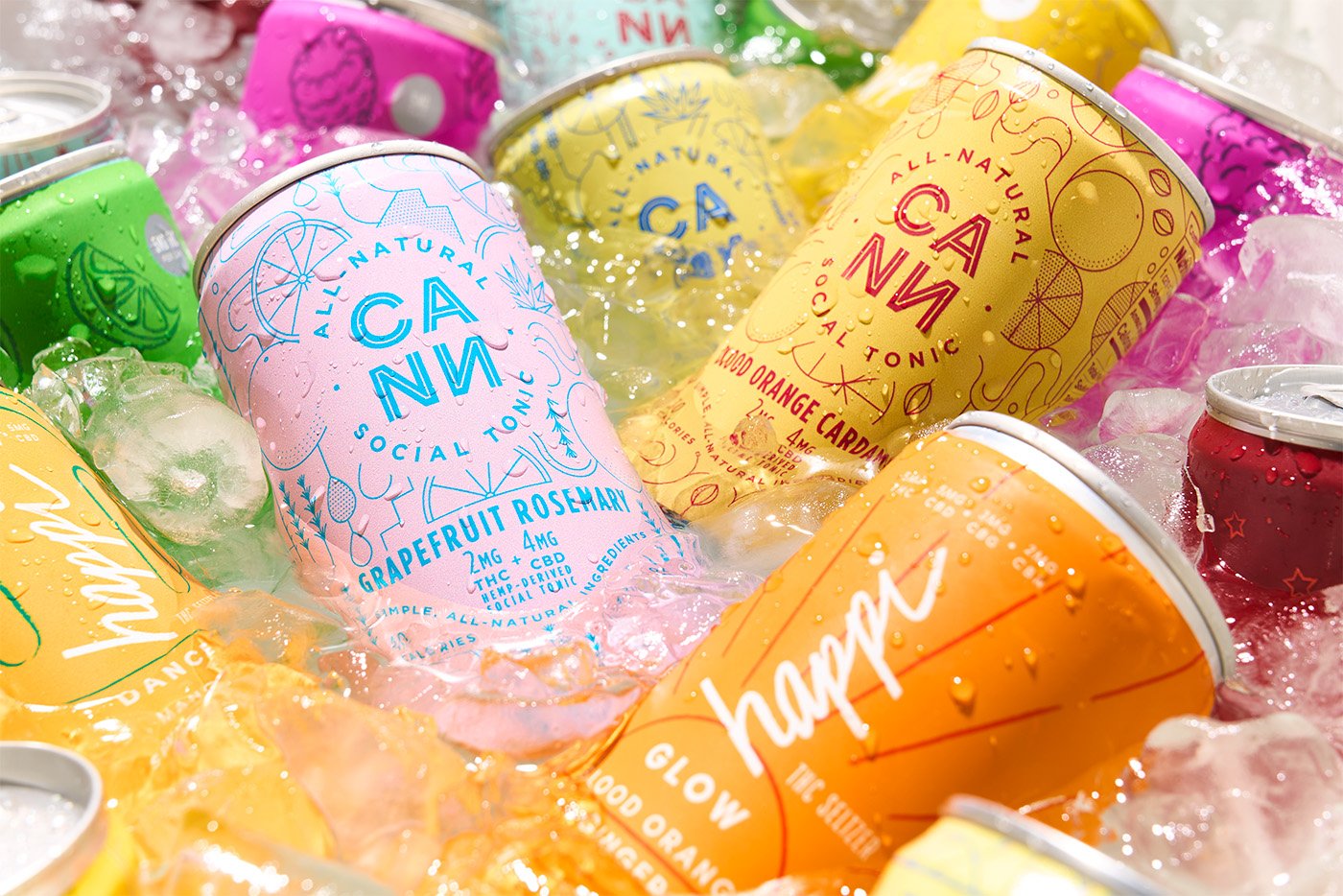Cannabis brands frequently voice frustration over restrictions from social media platforms like Meta, citing issues such as shadow bans and account deletions. However, these challenges stem from a consistent violation of platform policies that clearly prohibit cannabis-related content. Meta has classified marijuana under its ‘Drugs and Pharmaceuticals’ category, which has remained unchanged even as legalization has expanded across North America.
Rather than blaming social media for marketing setbacks, cannabis companies should focus on creative strategies that align with existing guidelines. Many businesses waste time arguing against policies instead of leveraging them to spur innovation. The cannabis industry, while still relatively new, has established regulations that marketers must navigate differently than in traditional industries.
With each legal jurisdiction imposing its own marketing rules, cannabis marketers often find themselves unable to utilize conventional tactics such as paid media and direct advertising. Despite these limitations, there are still plenty of compliant and inventive ways to cultivate brand awareness.
For example, companies can pivot to storytelling, community engagement, and educational content that resonates with consumers without violating platform rules. Brands that rely solely on standard marketing channels may struggle against competitors with larger budgets. Instead, those who embrace creative problem-solving can differentiate themselves in a crowded market.
A successful approach includes utilizing social platforms responsibly. Although cannabis-related content is risky on sites like Facebook and Instagram, brands can still build substantial followings through clever engagement tactics. For instance, avoiding direct promotions of cannabis products and instead focusing on lifestyle content or user-generated experiences can keep brands within compliance while fostering community interaction.
Cannabis has been used for over a century, so brands do not need to showcase traditional imagery like smoking. Instead, they can create content that highlights the benefits of their products, engages with customer stories, and promotes responsible use. By shifting the narrative away from direct sales pitches, brands can sidestep potential censorship and focus on building relationships with their audience.
Amber Craig, a seasoned marketing professional in Canada’s legal cannabis sector, emphasizes the importance of adapting to these restrictions. With 12 years of experience, Craig encourages cannabis companies to rethink their marketing strategies in ways that respect platform rules while still connecting with consumers. Craig offers courses aimed at helping cannabis marketers understand compliance and avoid censorship pitfalls.
As the cannabis landscape continues to evolve, so too must the marketing strategies employed by brands. The key lies in viewing challenges as opportunities for innovation. By embracing a creative approach, cannabis businesses can navigate restrictions effectively and build lasting brand loyalty without relying solely on traditional marketing methods. The future of cannabis branding hinges on the ability to adapt and innovate beyond conventional confines.




